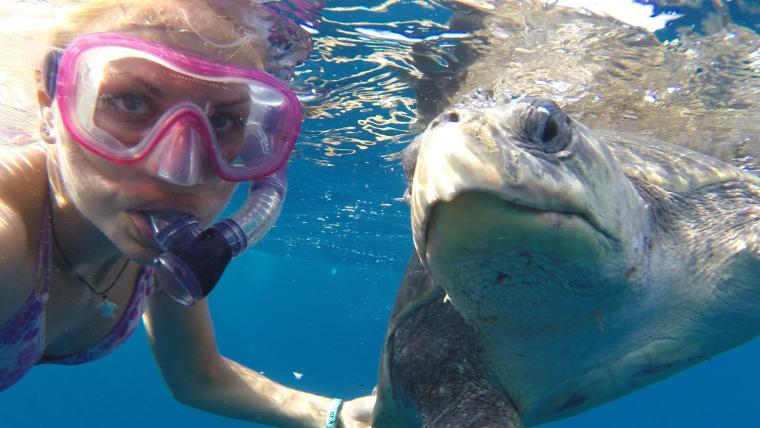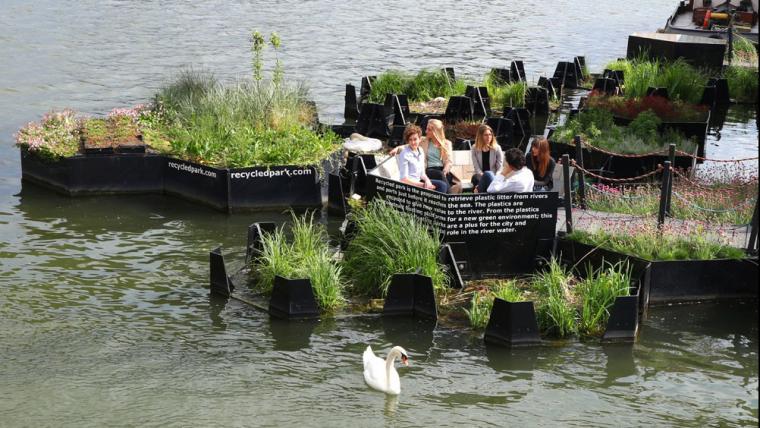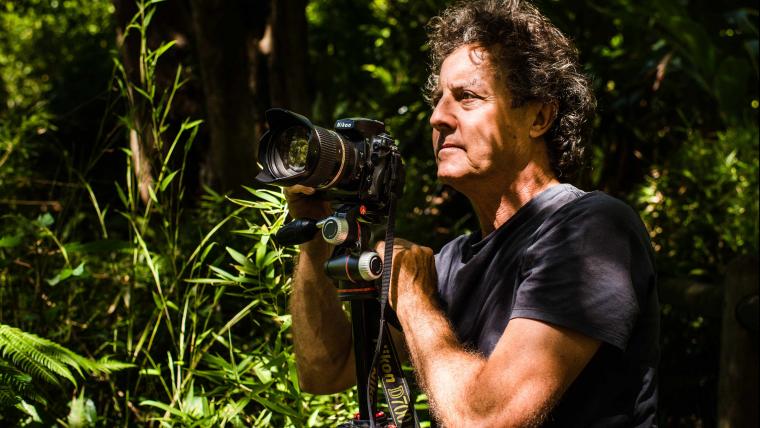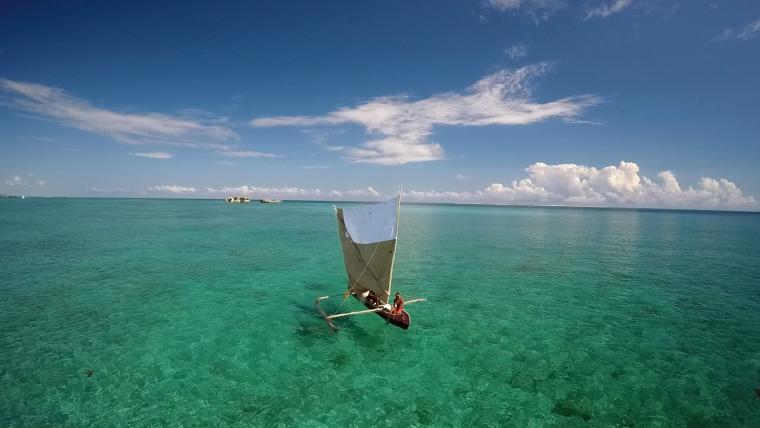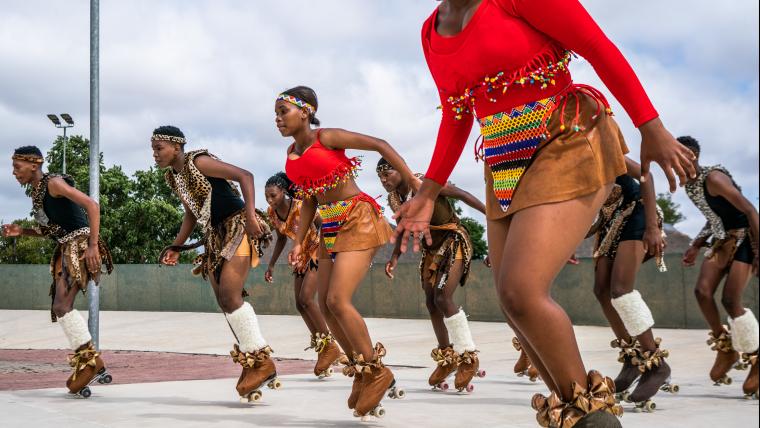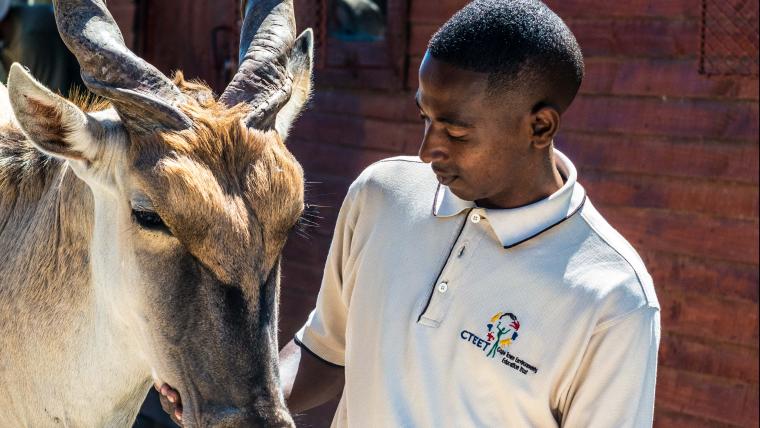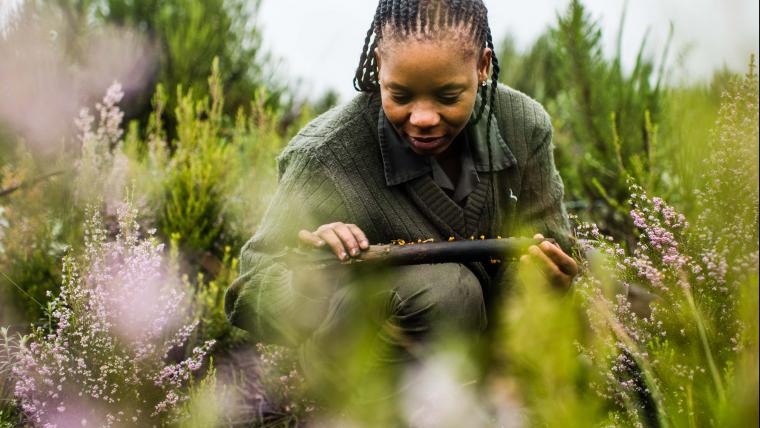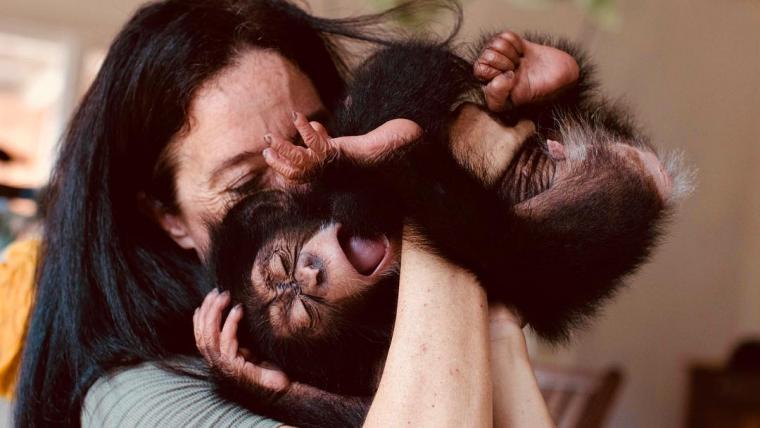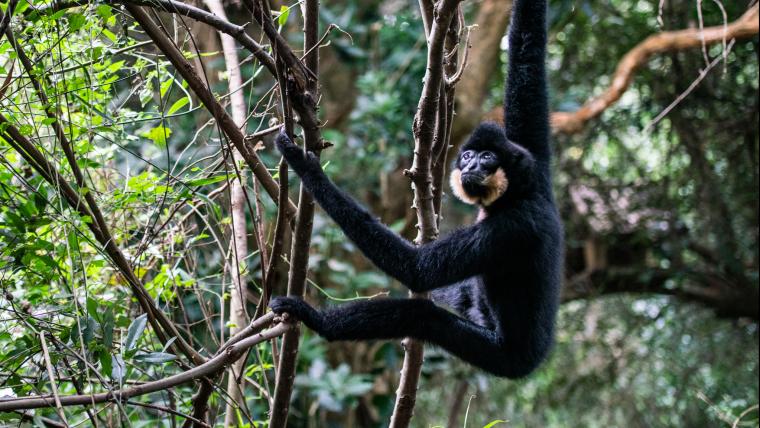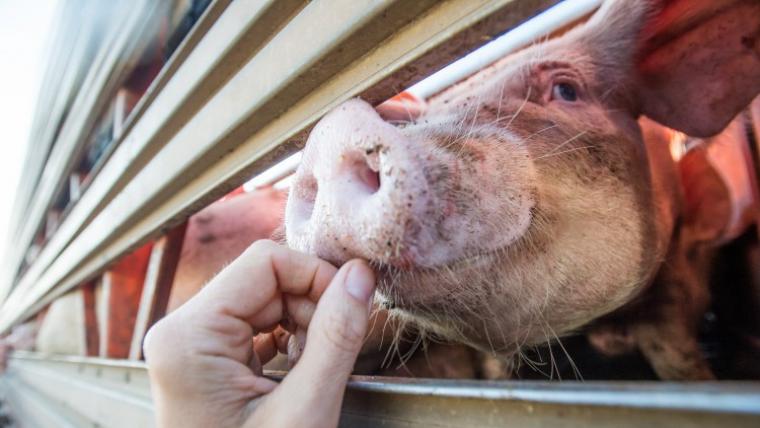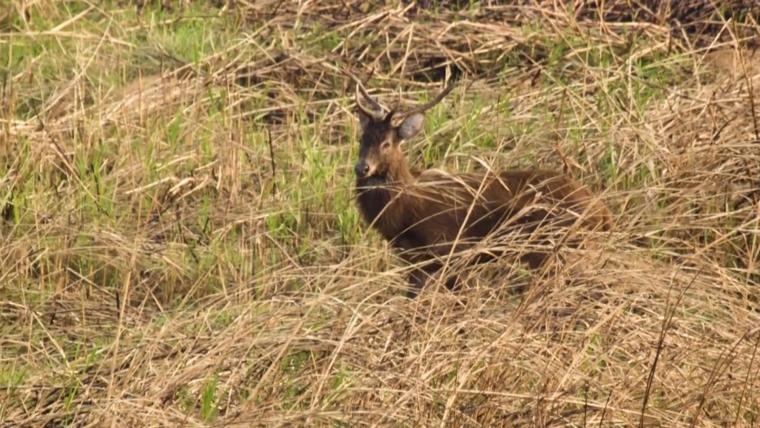Using her back flippers, the sea turtle digs a nest in the sand to lay her eggs, allowing the warmth of the Costa Rican beach to incubate them. After a successful birth, she slowly drags herself back to the ocean with the hope that her hatchlings will make a safe return to the deep blue. But for these sea turtles, survival is not always guaranteed, as poachers are selling the eggs in the illegal wildlife trade.
Many poachers are from impoverished communities who sell eggs to earn an income for their families. Turtle eggs are in high demand as a delicacy in restaurants and bars, and poaching and exploitation are the main drivers of the decline in sea turtle populations. Marine conservation biologist Christine Figgener is combating this with her non-profit Costa Rican Alliance for Sea Turtle Conservation & Science (COASTS). During the nesting season, Figgener and her team of rangers patrol the beaches. After keeping watch over the female turtles until they give birth, they ensure an easy retreat back to the sea. They then relocate the eggs to a different region where there is a lower risk of being poached.
Six out of the seven sea turtle species are classified as endangered or vulnerable by the IUCN. Figgener and her team are educating people about the key role turtles play in marine ecosystems, and employ locals in the protection of these animals. “It’s super important that communities are able to self-govern their resources,” Figgener says. Costa Rica is considered the birthplace of ecotourism, and COASTS supports these non-exploitative enterprises through which communities can generate an income.
Figgener is on a mission to restore the sea turtle population of Costa Rica. By changing the narrative of how people interact with these animals, she is getting to the root of conserving them. “If I am able to create an alternative livelihood for the community while protecting turtles then I’ve succeeded,” Figgener says. “There’s a lot of work to be done, but I won’t give up.”
Footage by Mark Guerrero, Texas A&M University, Melanie Chamorel, Brie Myre, and Pamela Plotkin was used in the creation of this film.
